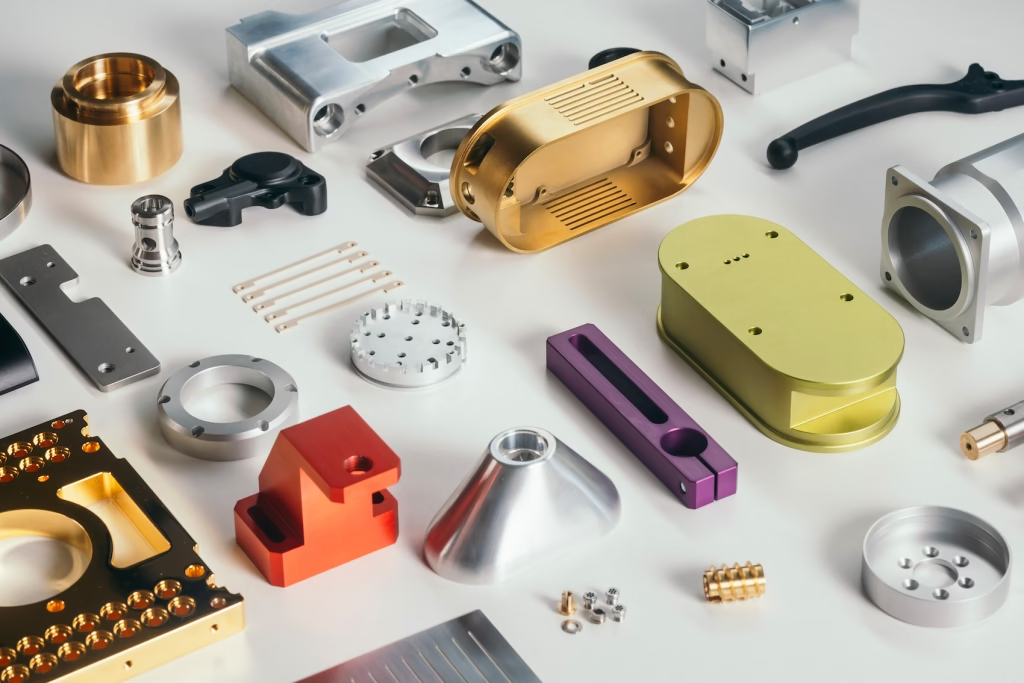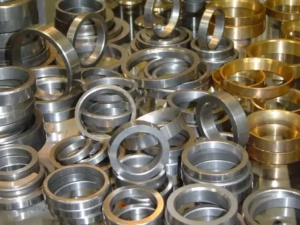Material Surface Treatment Process in the Automotive Industry
In the highly competitive automotive industry, the durability, performance, and aesthetic appeal of metal components are critical factors that influence product success. One essential step in ensuring these qualities is the proceso de tratamiento de la superficie del material. Among the most widely used surface treatments in automotive manufacturing are nickel plating, zinc plating, black oxide, electropolishing, blasting, polishing, and anodizing. This article examines the primary surface treatment methods, their applications, and their significance in the automotive industry.
What is the Material Surface Treatment Process?
Material surface treatment refers to a series of techniques applied to the exterior layer of metals or alloys to alter their surface properties. The goal is to improve resistance to corrosion, wear, and fatigue, enhance appearance, or add special functionalities such as electrical conductivity or insulation. In automotive manufacturing, surface treatments ensure that parts withstand harsh environmental conditions, mechanical stress, and maintain aesthetic standards.
Key Surface Treatment Processes in the Automotive Industry
1. Nickel Plating
Nickel plating is an electrochemical process where a thin layer of nickel is deposited on a metal surface. This coating offers excellent corrosion resistance, hardness, and wear resistance, making it ideal for automotive components such as engine parts, fuel systems, and decorative trims.
- Process: A positively charged electrical current passes through a nickel salt solution, causing nickel ions to deposit on the negatively charged metal substrate.
- Benefits: Enhances durability, corrosion resistance, and provides an attractive, shiny finish.
- Automotive Use: Used in exhaust systems, fuel injectors, and various engine components.
2. Zinc Plating
Zinc plating involves coating metal parts with a thin layer of zinc to prevent rust and corrosion, particularly for steel components.
- Process: Can be performed via electroplating or hot-dip galvanizing, where parts are dipped into molten zinc.
- Benefits: Acts as a sacrificial layer, protecting steel from oxidation.
- Automotive Use: Commonly applied to fasteners, body panels, and chassis parts to extend service life.
3. Black Oxide
Black oxide is a chemical conversion coating that produces a thin, black protective film on steel surfaces.
- Process: Metal parts are immersed in an alkaline oxidizing solution, forming a magnetite (Fe3O4) layer.
- Benefits: Provides mild corrosion resistance, reduces light reflection, and improves lubricity.
- Automotive Use: Used on fasteners, brake components, and tools.
4. Electropolishing
Electropulido is an electrochemical process that smooths and brightens metal surfaces by removing microscopic peaks and burrs.
- Process: The metal part acts as an anode in an electrolytic bath, where surface atoms dissolve, resulting in a smoother finish.
- Benefits: Enhances corrosion resistance, reduces surface roughness, and improves cleanliness.
- Automotive Use: Applied to stainless steel exhaust parts, fuel systems, and precision components requiring a high surface finish.
5. Blasting
Blasting refers to the mechanical cleaning or texturing of metal surfaces using abrasive materials.
- Types: Sandblasting, bead blasting, or shot blasting.
- Benefits: Removes rust, scale, and old coatings; prepares surfaces for further treatment.
- Automotive Use: Used for surface preparation before painting or coating on body panels and engine parts.
6. Polishing
Pulido is a mechanical process that produces a smooth and shiny surface finish.
- Process: Uses abrasive compounds and polishing wheels to buff the surface.
- Benefits: Improves aesthetic appeal and reduces friction.
- Automotive Use: Applied to chrome trims, wheels, and interior metal parts.
7. Anodizing
Anodizado is an electrochemical process that thickens the natural oxide layer on metals like aluminum.
- Process: Aluminum parts are submerged in an acid electrolyte bath while an electric current passes through, forming a durable oxide layer.
- Benefits: Enhances corrosion resistance, wear resistance, and allows for coloring.
- Automotive Use: Widely used for aluminum wheels, engine components, and decorative trims.
Importance of Surface Treatment in the Automotive Industry
The automotive industry demands components that can withstand extreme conditions such as temperature fluctuations, moisture, salt exposure, and mechanical wear. Surface treatments play a pivotal role in:
- Resistencia a la corrosión: Protecting metal parts from rust and degradation extends vehicle lifespan.
- Wear Resistance: Enhancing surface hardness reduces friction and wear in moving parts.
- Aesthetic Enhancement: High-quality finishes improve vehicle appearance and market appeal.
- Functional Improvements: Treatments like electropolishing improve cleanliness and reduce friction, critical for fuel efficiency and emissions.
- Environmental Compliance: Many surface treatments help meet environmental regulations by extending part life and reducing waste.
Best Practices for Selecting Surface Treatments
When choosing a surface treatment process for automotive components, consider:
- Material Compatibility: Ensure the treatment suits the base metal (steel, aluminum, stainless steel).
- Environmental Conditions: Select treatments that withstand specific exposures, like salt spray or heat.
- Functional Requirements: Prioritize treatments that enhance wear resistance, electrical conductivity, or aesthetics based on part function.
- Cost and Volume: Balance process costs with production scale and part complexity.
- Environmental Impact: Opt for eco-friendly processes where possible, such as electropolishing or powder coating.
Conclusion
The proceso de tratamiento de la superficie del material is indispensable in the automotive industry, ensuring parts meet stringent performance, durability, and aesthetic standards. Techniques like nickel plating, zinc plating, black oxide, electropolishing, blasting, polishing, and anodizing each offer unique benefits tailored to specific applications. By integrating these surface treatments, automotive manufacturers can significantly enhance product quality, extend component life, and satisfy customer expectations.
If you have any needs, contact us via email at Lynnyao@prototekparts.com o por teléfono: +86-0792-86372550
Etiquetas:
- Material surface treatment process

























































